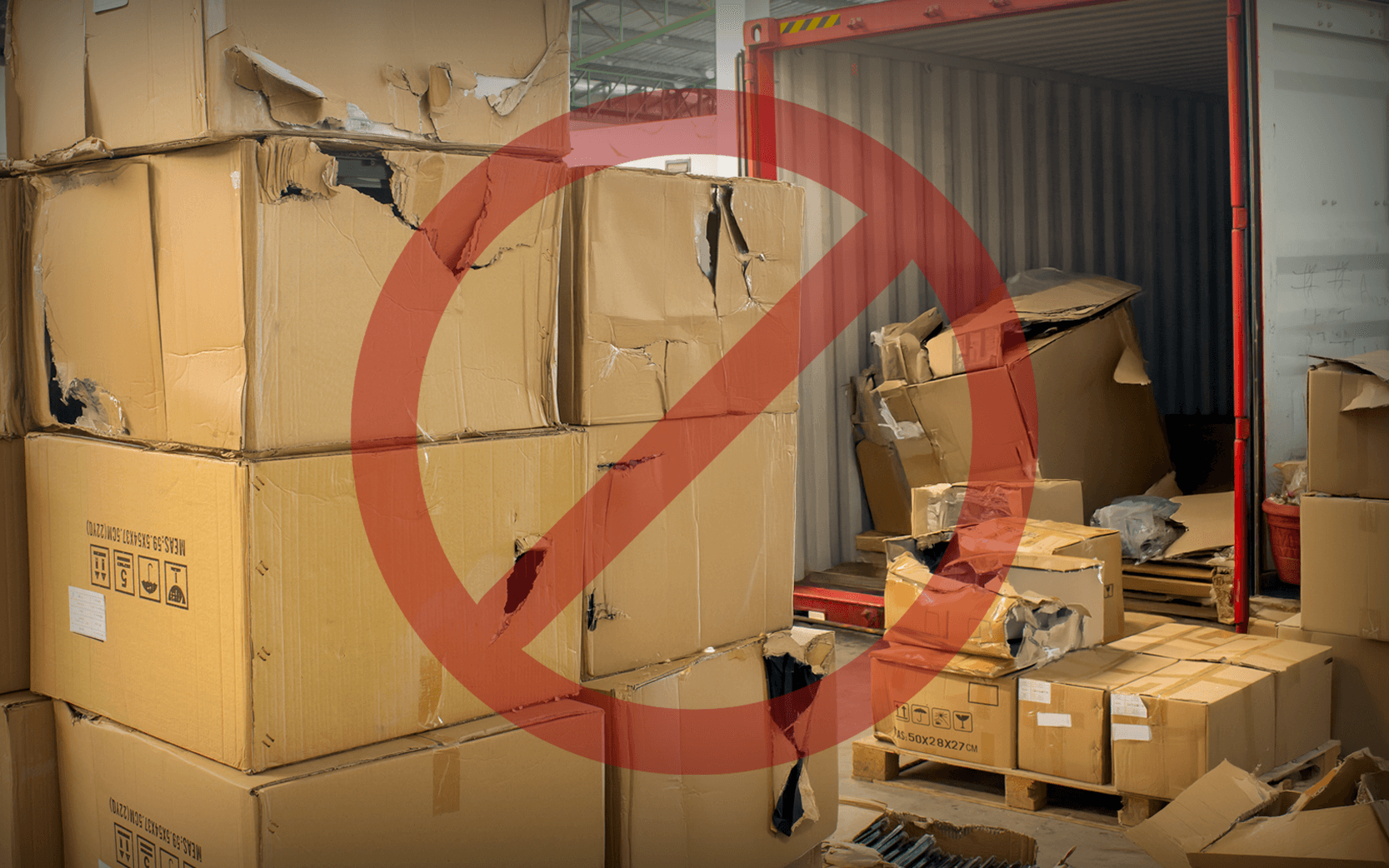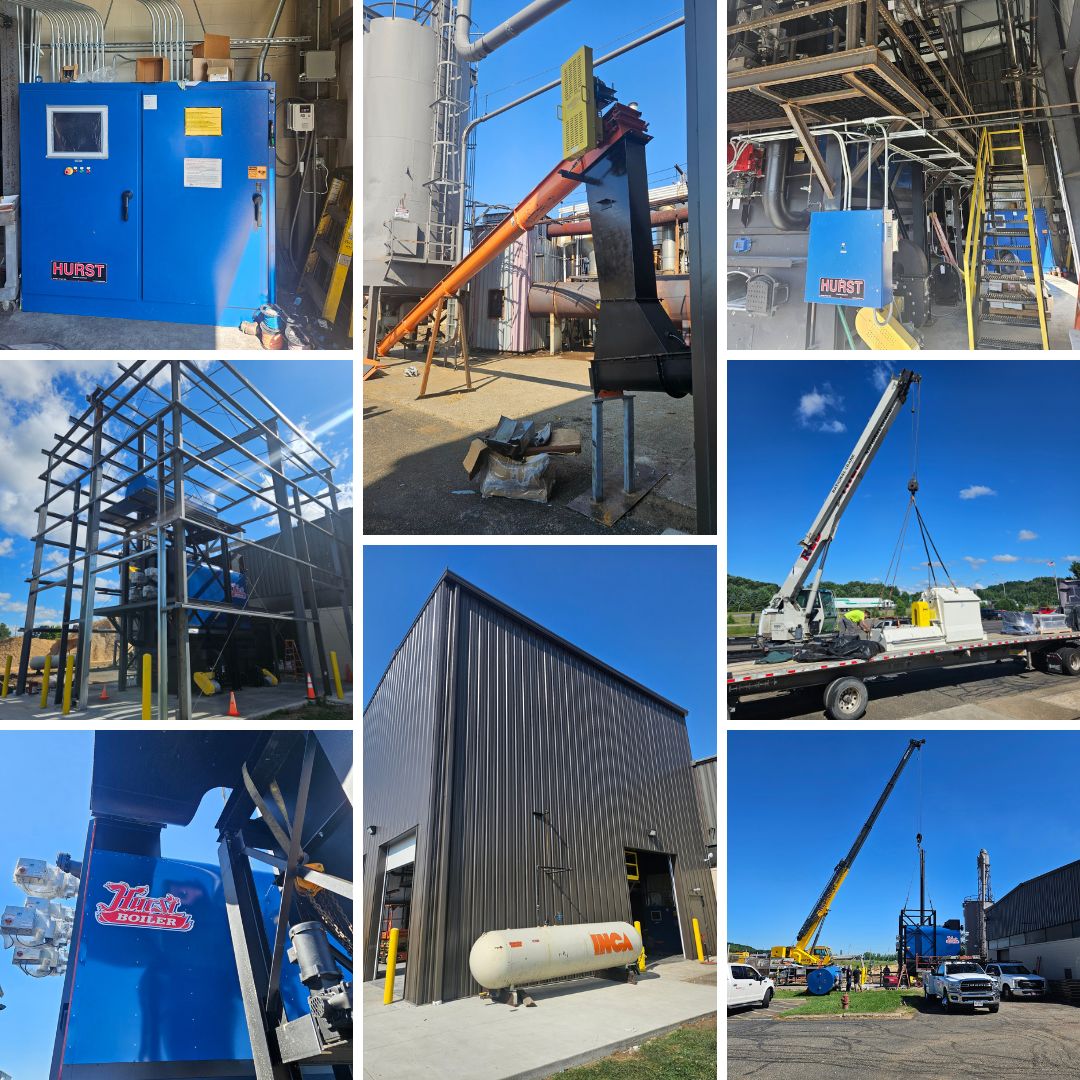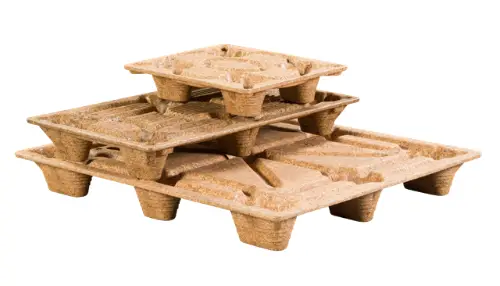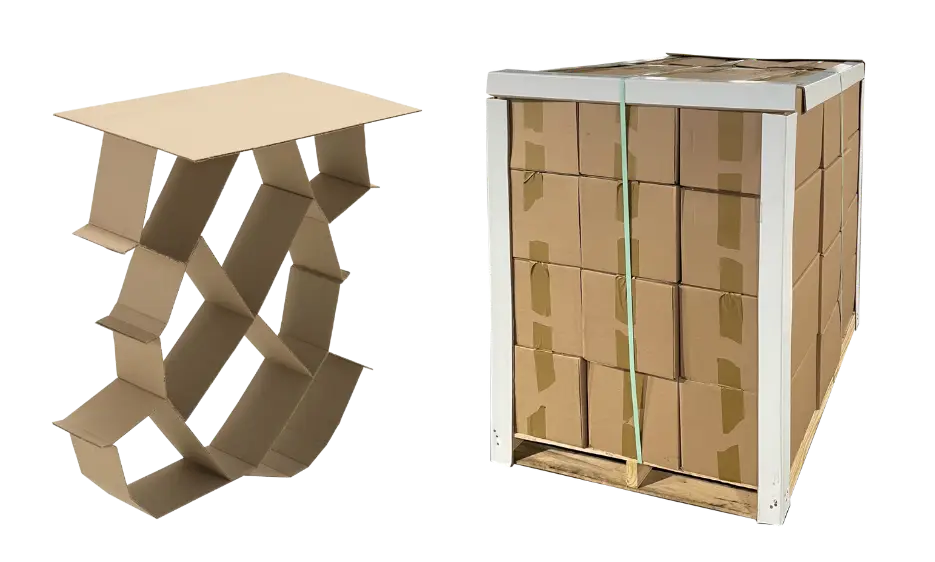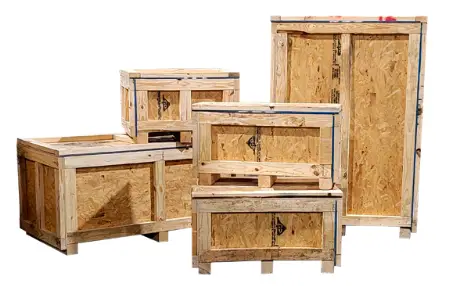Regular readers of our news section or subscribers to Modern Materials Handling should be familiar with Bob Trebilcock’s annual pallet use survey. Each year, we run a summary of Bob’s findings and include a link to the survey results in an effort to keep our readers informed on the latest pallet industry trends. This month, Pallet Enterprise did a fascinating interview with Bob that covers the MMH survey results and materials handling trends as they relate to the future of the pallet industry. In case you missed the article, we’ve taken the time to summarize the key takeaways.
2013 Pallet Use Survey Key Findings
According to Trebilcock, one of the key takeaways from the 2013 MMH survey is a greater emphasis on looking at how pallets fit into overall operations in an attempt to achieve greater efficiencies and lower costs. The data suggests some movement toward alternative pallet materials such as plastic and metal, but this change still represents a small chunk of the market. Increased demand for plastic pallets has been fueled primarily by the uptick in the automotive sector and the need to replenish pallet pools at Ford, GM, and Japanese manufacturers to keep up with demand. In the retail world, Trebilcock sees a movement toward smaller plastic pallets too. Retailers are taking more store deliveries on smaller, half-sized pallets instead of traditional 48 x 40’s to reduce handling costs.
Core Shortages and Pallet Pools
Although many of the larger companies participating in the MMH survey don’t utilize used pallets, for those that do, the primary concerns are poor pallet quality and significant price increases. This speaks volumes about the current core shortage and prompts an obvious question: why aren’t more companies switching to rental pools? The answer to this question is twofold. Some respondents work for companies that are too small to realize significant benefits from rental pools; other companies rule out rental pools due to the complexity and distances associated with their supply chains.
New Pallet and Packaging Innovations
Wood is still the most cost effective, reliable, and versatile material for most pallet applications, which explains why the oldest construction material still reigns king. Most of the industry innovations are in plastic pallets for niche applications. For example, some manufacturers are now utilizing additives that can be detected in food and drugs when a plastic pallet sustains a chipped corner or other structural damage during transport and handling.
Innovations in materials handling are focused primarily on higher levels of automation, which is forcing systems integrators to design new equipment to handle multiple pallet sizes.
Companies are also paying more attention to the concept of unit load. Increased levels of automation and more complex packaging requirements are forcing companies to carefully analyze how items are packaged. For example, in Amazon.com’s early days, all orders were packed using one of three box sizes, with void filler occupying dead space. Amazon’s growth from upstart to e-commerce giant required management to re-think their packaging requirements in order to increase profitability and efficiency. Many companies are now following Amazon’s lead, looking carefully at packaging requirements from manufacture through distribution and fulfillment. In today’s increasingly competitive landscape, companies can ill afford to view packaging requirements as an afterthought.
Supply Chain Trends
One of the biggest developments in the US supply chain is the notion of viewing the system as a holistic entity. Rather than the old “silo mentality” where those responsible for manufacturing, transportation, warehousing and distribution operated in a vacuum, forward thinking companies are looking to optimize the entire supply chain rather than its component parts. The net effect of this paradigm shift can take a number of forms; for example, management might agree to increased costs in one section of the supply chain to achieve lower costs in the system as a whole. Under the previous silo model, short sighted decisions to achieve lower transportation costs might require greater packaging costs to prevent losses due to product damage.
E-Commerce Trends
It should come as no surprise that e-commerce has turned the retail world upside down, but some readers may fail to appreciate how online ordering capability is making waves in the industrial distribution sector. Amazon has long offered free and flat rate shipping and now the e-commerce goliath is exploring same day shipping in select markets. Buyers in the industrial world are beginning to expect similar shipping offerings in their marketplace too.
As for the role of pallets in an e-commerce model, much has remained the same, but there is a twist. Goods are still moved from factories to distribution centers on pallets. The real change has come in the final leg of order fulfillment. Many of the pallets of goods that were once shipped on pallets via container or trailer to brick and mortar stores are now shipped as individual orders using boxes that arrive on the consumer’s doorstep. Remember, shipping companies typically charge based on the size and weight of a package. This dynamic has prompted online retailers like Staples to embrace on demand packaging to fabricate individual boxes optimized for each order. Although on demand packaging used by e-commerce kings such as Amazon and Staples may seem far off the horizon for most, companies servicing the industrial and manufacturing sectors with their own e-commerce stores are beginning to see the challenges posed by carrying an extensive box inventory and the need to optimize package size to cut shipping costs.
Conclusions
Many of the trends covered in this interview are very much in the forefront at Litco. We opened our online store that allows customers to purchase small quantities of presswood, traditional hardwood, corrugated, and plastic pallets, as well as inflatable dunnage, core plugs and desiccant in the spring of 2013. This initiative forced us all to look carefully at packaging requirements to reduce shipping costs and protect products while in transit to the customer. We have also fully embraced both the optimized unit load concept as well as the need to view our customers’ protective packaging requirements in a holistic fashion. By using a new program called TOPS (Total Optimization Packaging Software), our staff can make recommendations on package design, pallet layout, and container utilization to reduce shipping costs and minimize product damage. If you are interested in learning more about the cost savings that can be achieved using this tool, contact Litco for a complimentary TOPS analysis.
Solving your product protection challenges means more than recommending the right pallet or dunnage solution. By looking at how the component parts of your load securement solutions work as a unit, you’ll have the best chances of delivering undamaged goods to your customers. Are your current vendors taking a holistic approach to your protective packaging needs? If not, perhaps it’s time to make a change.

All Litco products are designed to Carry your products safely on through the most demanding supply chains.
